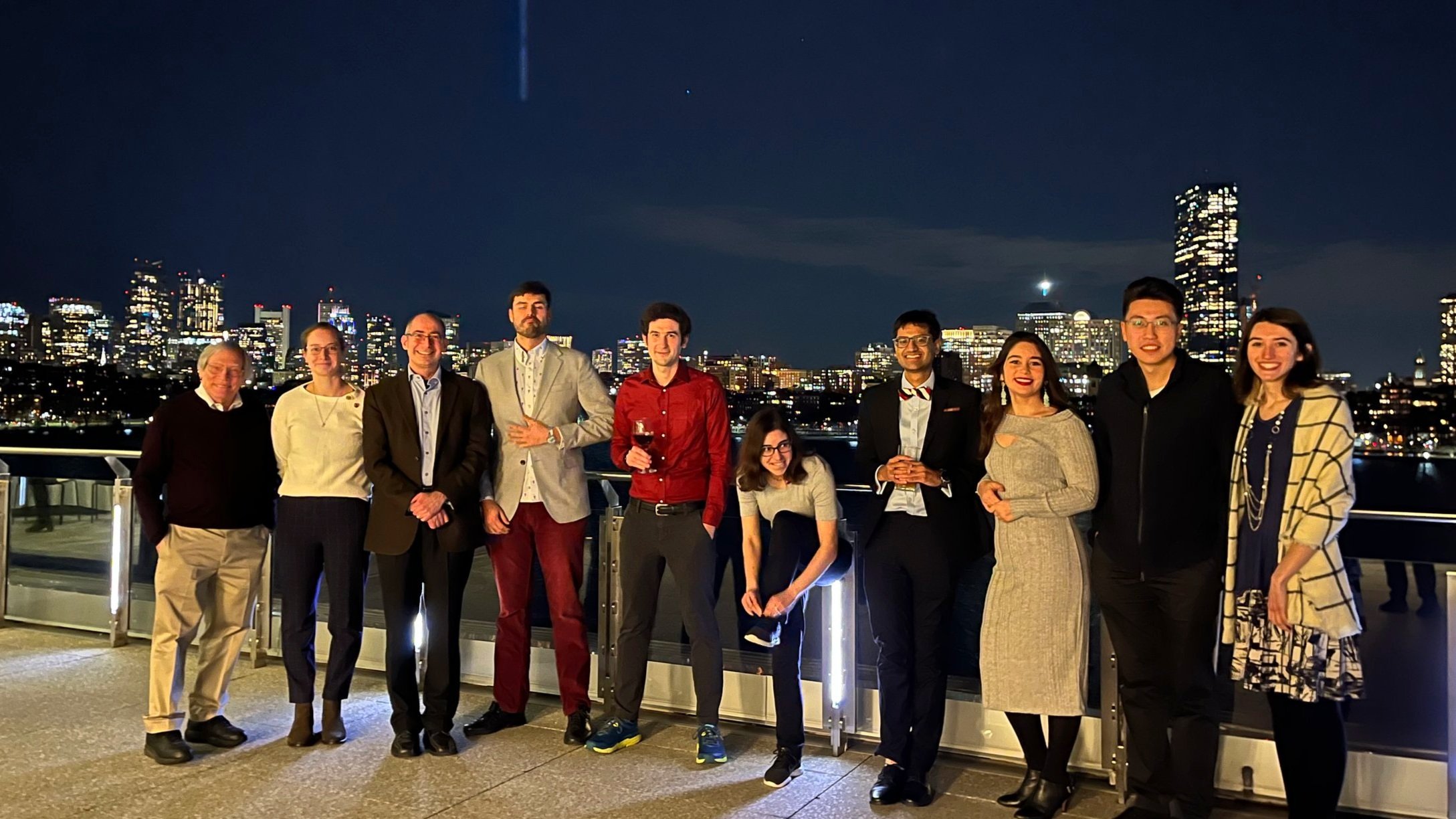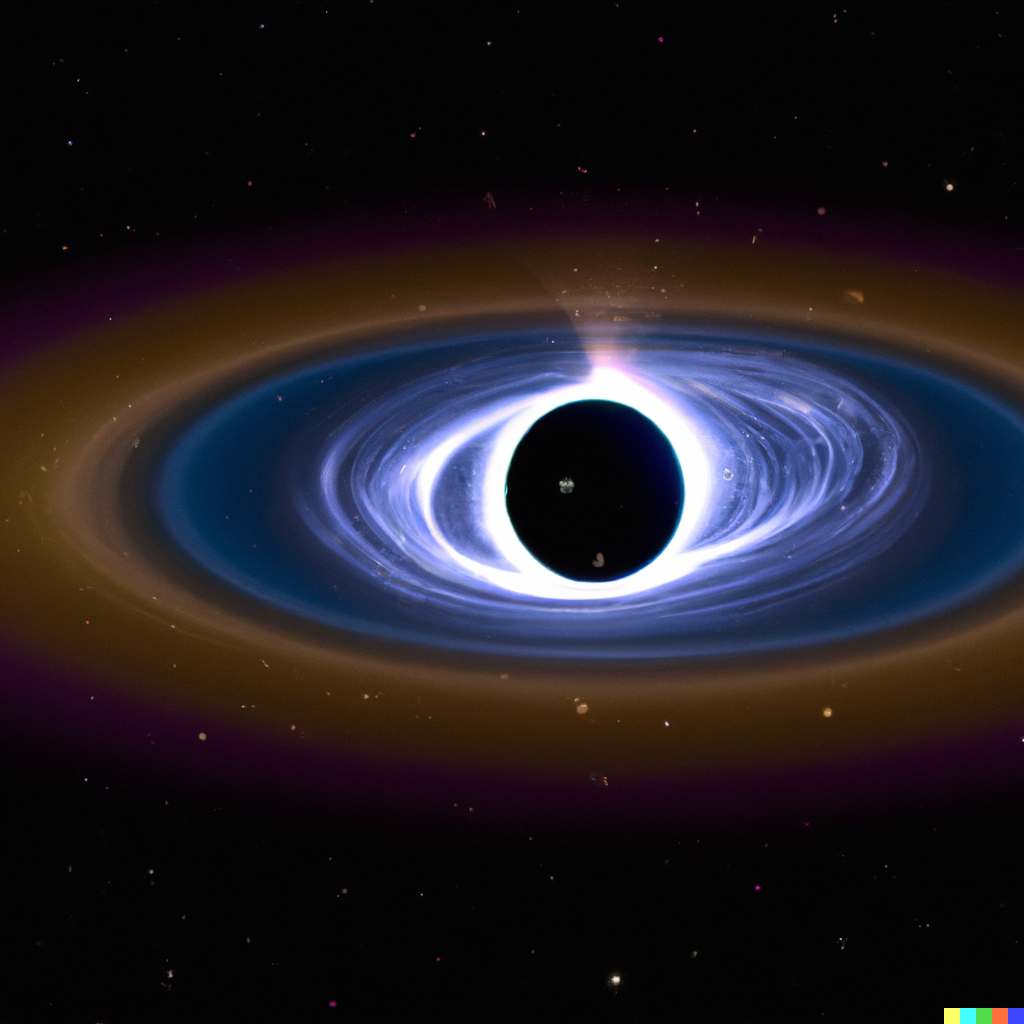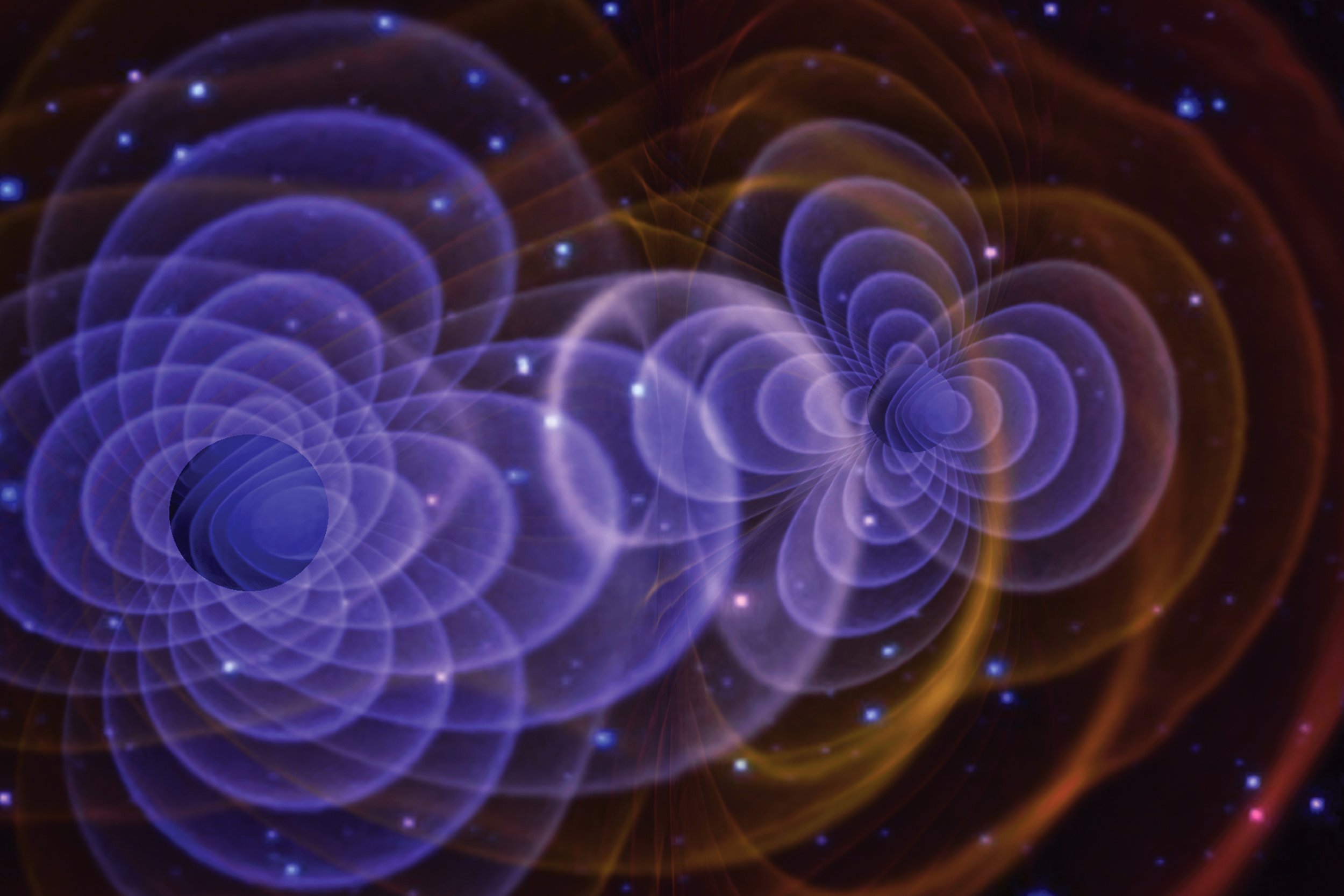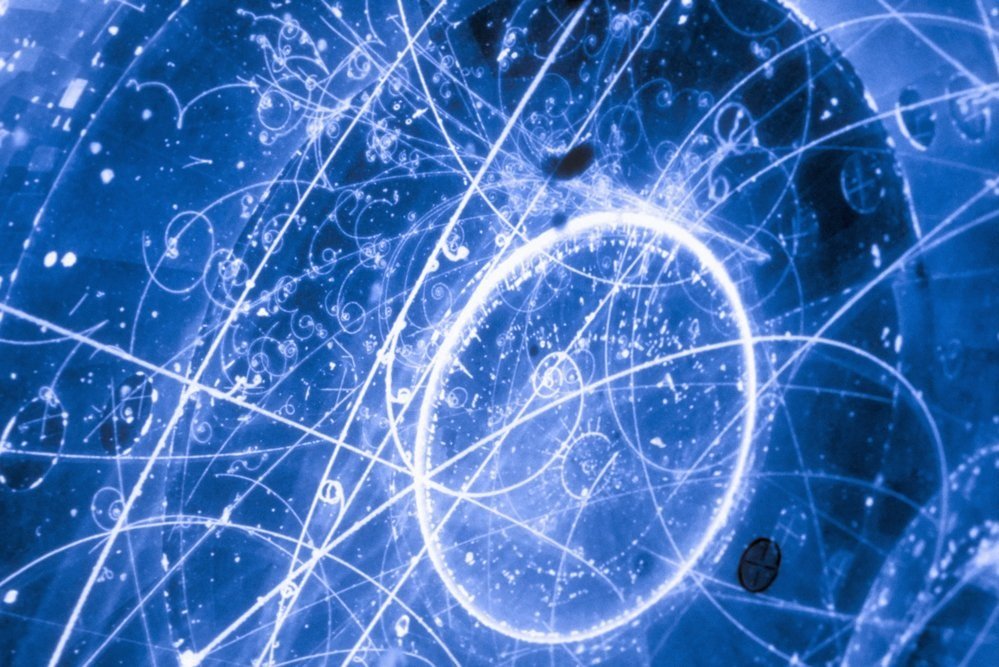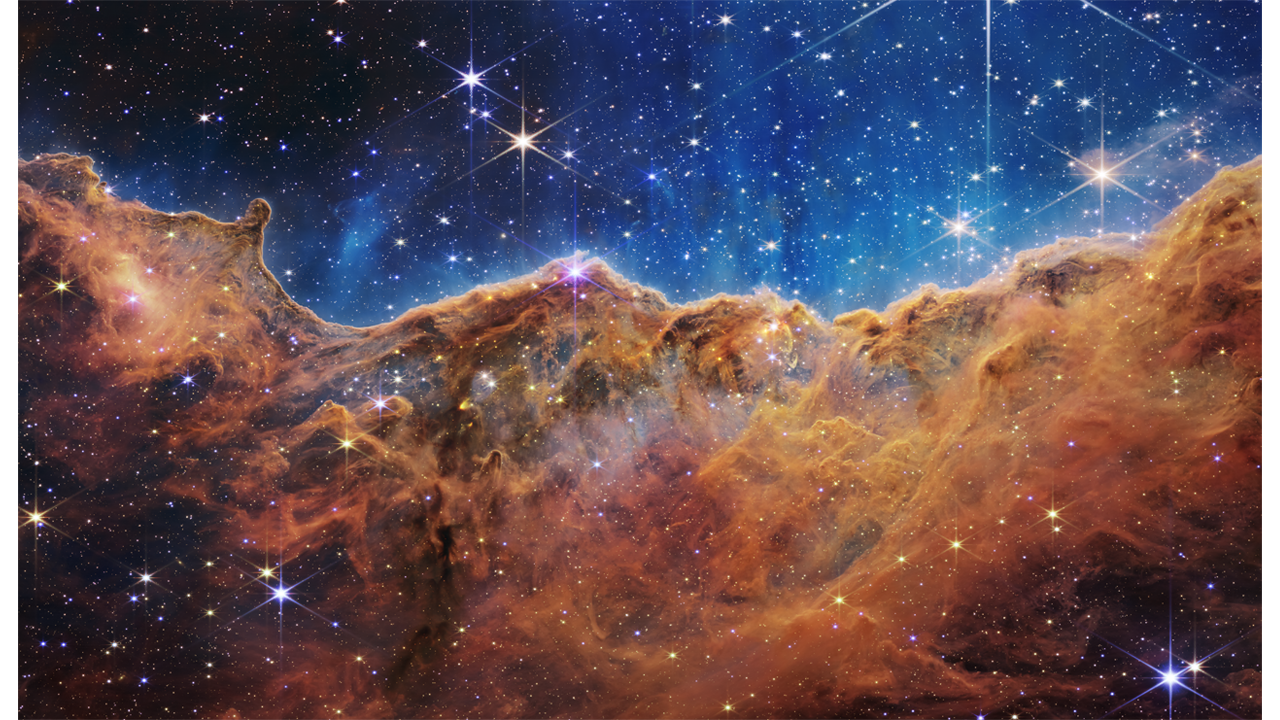
The Early Universe Lab
About Me
I am a theoretical physicist working on cosmology and early universe physics. I completed my PhD at the MIT Center for Theoretical Physics in August, 2023 and am currently an NSF Mathematical and Physical Sciences Postdoctoral Fellow, affiliated with the UC Santa Cruz Institute for Particle Physics and the Yale Departments of Physics and Astronomy. I am based at Yale Astronomy (Kline Tower) for the current academic year, beginning in Jan. 2025. I am also an avid backpacker, climber, sailor, woodworker, and classical guitarist.
Welcome to the Early Universe Lab, where I combine analytic and numerical methods to learn about the extreme high-energy conditions during the first moments of the universe’s history!
“So, thought Herzog, acknowledging that his imagination of the universe was elementary, the novae bursting and the worlds coming into being, the invisible magnetic spokes by means of which bodies kept one another in orbit. Astronomers made it all sound as though the gases were shaken up inside a flask. Then, after many billions of years, light-years, this childlike but far from innocent creature, a straw hat on his head, and a heart in his breast, part pure, part wicked, who would try to form his own shaky picture of this magnificent web.”- Saul Bellow, Herzog
Recent Highlights: Finding Primordial Black Hole Dark Matter using Mars’ orbit!
Co-authors Tung Tran, Ben Lehmann, and David Kaiser. We demonstrated that given the extraordinary precision of Solar System data which has been collected over decades, we can detect the tiny fluctuations in orbits of our neighboring planet, Mars, caused by the passage of a primordial black hole of asteroid mass. We may be able to use existing data to constrain the allowed masses of PBHs that can make up all of the Dark Matter, and we may even be able to use this idea to detect compact dark objects in our own Solar System! Phys.Rev.D arVix
Members of our Cosmology and Particle Physics groups @ MIT:
Check out the sites of some other members of the group:
Ben V. Lehmann- (Cosmology/Dark Matter)
Jaco DeSwart- (History of Physics)
Morgane König (Cosmology)
Wenzer Qin (Dark Matter/Astro-particle)
Research Links:
More about the topics I research…
Primordial black holes are black holes conjectured to have formed during the very early universe, as early as within the first fraction of a second after the big bang. Unlike those which form from the gravitational collapse of a dying star, these black holes are usually theorized to have formed from the direct collapse of over-dense regions of energy in the primordial universe. There are many mechanisms that could lead to these over-dense regions; chief amongst them is the mechanism of cosmic inflation.
Primordial Black Holes, or PBHs, can be very small or extremely large,
Primordial Black Holes
ranging in mass from a Planck mass— about a hundred-thousandth of a gram—to supermassive—over a million times the mass of the sun! There are many efforts underway to understand the ways that PBHs could have formed and how we might detect them through their Hawking radiation. One fascinating possibility is that dark matter could actually be made up of small black holes about the mass of your average asteroid (or around a thousand billion to 10 million billion kilograms (10^17-10^22 grams).
Source: DALL-E
Gravitational Waves
Source: Henz/NASA
Gravitational waves (GWs) are the propagating undulations or ripples of the spacetime metric itself which form in response to accelerating masses. Even enormous masses undergoing cataclysmic interactions will make gravitational wave signals that are extremely hard to detect on earth, because these sources are far away and because gravity is such a weak force. Gravitational waves were detected for the first time by a big collaboration using the Laser Interferometer Gravitational Wave Observatory
(or LIGO) on September 15, 2015, at 5:51 AM. The result has changed the face of observational cosmology and astrophysics. It’s as though the universe has been whispering about things that are and have happened since the dawn of time and we only just learned how to hear it. LIGO can detect gravitational waves in a certain range of frequencies, but some signals, such as those from the very early universe, are expected to be at much lower or much higher frequencies. In my work, I often focus on these phenomena, and I have also begun working on the problem of how we can make detections at very high or low frequencies. Also: check out the “Ultra High-Frequency Gravitational Wave Initiative”, a network of experimental and theoretical physicists dedicated to understanding GWs at frequencies above 10 kHz, and coming up with ways to detect them! UHF-Gravitational Wave Initiative
The Cosmic Neutrino Background
When the universe was around 1 second old, long before it was transparent to light, it had cooled enough for neutrinos (an extremely light, weakly interacting particle) to decouple (stop interacting) with the rest of the Standard Model Particles and begin to stream freely through the universe. We expect that this would have effected the formation of structures around that time (such as very large black holes—”supermassive seeds”).
If we could detect this background of neutrinos (called the cosmic neutrino background or CνB), we could deduce the conditions of the universe at the time when neutrinos decoupled, making it an extremely powerful early universe probe. It hasn’t yet been measured because neutrinos are so weakly interacting and the CνB is non-relativistic. Thinking about the effects of neutrino decoupling and CνB detection is a core of my current research program.
Source: Discover Magazine from FermiLab Bubble Chamber

